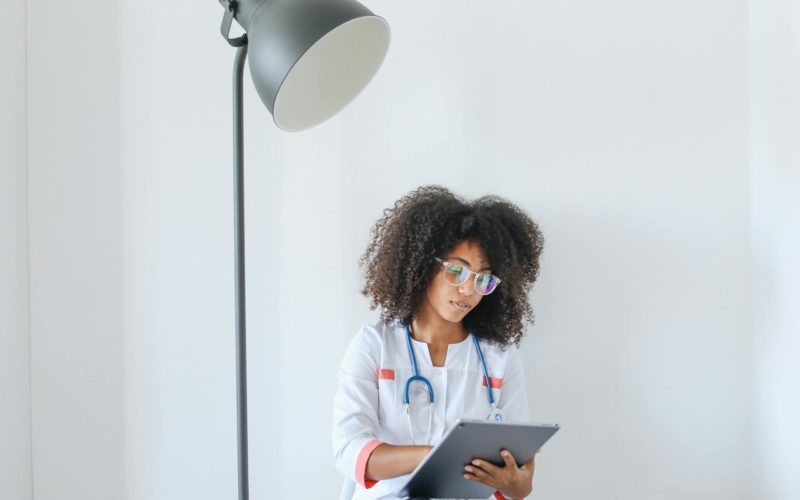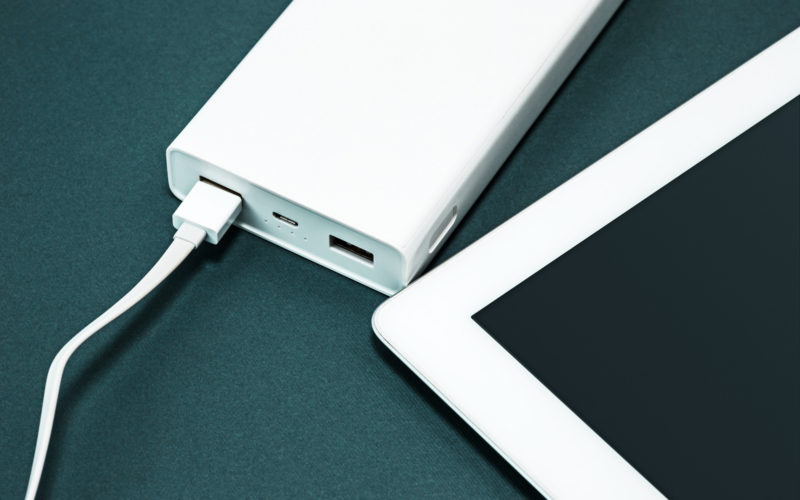Telehealth has revolutionized healthcare by giving patients unprecedented access to medical services, mainly through doctor on-demand app development. These apps offer convenience, efficiency, and round-the-clock access to healthcare professionals, enabling patients to receive medical advice, diagnosis, and treatment without leaving their homes. The growth of doctor on-demand platforms has accelerated in recent years, mainly due to the COVID-19 pandemic, making these apps indispensable in today’s healthcare landscape. As technology continues to evolve, understanding emerging trends in doctor on-demand application design can help healthcare providers and patients prepare for telemedicine’s future. So, what’s next for these powerful telehealth tools?
Integration of Artificial Intelligence and Machine Learning
One of the most exciting advancements in telehealth involves the integration of Artificial Intelligence (AI) and Machine Learning (ML). These technologies are increasingly woven into on-demand doctor app development solutions to enhance the quality and precision of healthcare services. Through AI, telehealth platforms can analyze vast datasets, predict patient outcomes, and improve diagnostic accuracy. For instance, AI algorithms can evaluate patient symptoms, compare them to extensive medical databases, and provide recommendations to doctors, allowing them to make faster, more informed decisions.
With on-demand doctor app development incorporating AI and ML, these platforms can also provide personalized healthcare experiences. By analyzing patient history, preferences, and real-time data, ML models enable a previously unattainable customization level. Moreover, AI-driven chatbots can answer basic health questions, freeing doctors’ time to focus on more complex cases. This integration of AI and ML will likely become a cornerstone in doctor on-demand mobile app development as we move towards a future where technology plays a more active role in diagnosis and patient care.
Expansion of Remote Monitoring Capabilities
Another significant trend shaping the future of telehealth is the expansion of remote monitoring capabilities. With advancements in wearable devices, such as smartwatches and fitness trackers, on-demand doctor application development now includes tools that continuously track patient health metrics like heart rate, blood pressure, and glucose levels. These devices sync with doctor-on-demand apps, enabling healthcare providers to monitor patient health in real-time, even outside the clinic.
Imagine a patient with a chronic condition like diabetes who wears a device that automatically uploads their glucose readings to an on-demand doctor app. The doctor can access this data, allowing them to adjust treatment plans as needed without requiring the patient to come into the clinic. This level of continuous health tracking is especially beneficial for chronic disease management, preventive care, and elderly patients who may have difficulty visiting a physical location. Patients and providers can expect more proactive, personalized care as more doctor on-demand app development focuses on integrating remote monitoring.
Enhanced Data Security and Privacy Measures
With the increasing reliance on digital platforms for healthcare, protecting patient data has become a top priority. The adoption of blockchain technology in doctor on-demand application design is a promising development to ensure the security and integrity of patient information. Blockchain provides a decentralized and tamper-proof way of storing data, preventing unauthorized access and ensuring data remains secure.
Additionally, compliance with regulations like HIPAA is crucial in creating an on-demand mobile app for doctors to guarantee patient privacy. Robust encryption, secure data storage, and controlled access protocols are essential in preventing data breaches. By implementing these data security measures, telehealth providers can build trust with patients, reassuring them that their sensitive health information is safe and secure. As data privacy concerns grow, doctor on-demand mobile app development will increasingly prioritize advanced security protocols, making telehealth a safe and reliable option for everyone.
Improved Interoperability Between Systems
For telehealth to truly transform healthcare, seamless integration between telehealth platforms and traditional healthcare systems is essential. Interoperability facilitates efficient data exchange, allowing healthcare providers to access comprehensive patient records within doctor on-demand mobile apps. This integration helps eliminate information gaps, ensuring doctors have all relevant details about a patient’s medical history, medications, and prior diagnoses.
Imagine a doctor on-demand app that seamlessly connects with electronic health records (EHR) systems, lab results, and pharmacy databases. Such interoperability saves time and improves accuracy, as providers receive all necessary data at their fingertips. Improved interoperability in creating a doctor-on-demand app ensures continuity of care and reduces administrative burdens for healthcare professionals, ultimately benefiting patients by providing more coordinated, efficient care.

Growth of Specialized Telehealth Services
The demand for specialized telehealth services is rising, leading doctor-on-demand app development towards more tailored solutions. From mental health counseling to physical therapy, doctor-on-demand apps are expanding beyond general healthcare to meet the needs of specific patient groups. This growth in specialization is particularly beneficial for patients in remote areas or those with limited access to specialized services.
For instance, a patient seeking mental health support can access therapy sessions through a doctor’s on-demand app designed specifically for mental health. Similarly, individuals managing chronic diseases can connect with specialists focusing on their conditions. As more patients seek specialized care, telehealth providers will continue to build an on-demand doctor app that caters to unique health needs, making healthcare more accessible and patient-focused.
Increased Accessibility and Affordability
One of the most appealing aspects of doctor-on-demand mobile app development is its potential to make healthcare services more accessible and affordable for underserved populations. As smartphones and internet access become more widespread, more people can connect with healthcare professionals remotely, regardless of physical location. Moreover, recent policy changes and expanded insurance coverage for telehealth services make these platforms more affordable for a broader population.
Doctor on-demand apps are especially beneficial in rural areas with limited access to healthcare facilities. Patients who previously had to travel long distances can now access quality healthcare from the comfort of their homes. By creating an on-demand doctor mobile application that is both user-friendly and cost-effective, telehealth providers can help bridge the gap in healthcare access, providing essential services to those who need them most.
Challenges and Considerations
Despite the tremendous promise of doctor on-demand app development, several challenges must be addressed. First, technology limitations, such as inconsistent internet connectivity in certain areas, can hinder the effectiveness of telehealth services. Without reliable internet, patients may face interruptions during consultations, impacting the quality of care.
Regulatory compliance also remains a complex issue. Telehealth providers must navigate various laws and regulations governing data privacy, licensing, and insurance reimbursement, which can be challenging as each region may have different requirements. Patients and providers also require education on how to use these platforms effectively. A lack of familiarity with telehealth technology can create barriers to adoption, limiting the reach of these otherwise powerful tools.
Conclusion
The future of telehealth and doctor-on-demand app development is filled with promising advancements that will reshape how healthcare is delivered. By integrating AI and remote monitoring capabilities, improving interoperability, ensuring robust data security, and expanding access to specialized and affordable care, doctor-on-demand apps are poised to make healthcare more efficient, personalized, and patient-centric. As these trends continue to evolve, healthcare providers and patients must stay informed and adaptable to leverage these innovative telehealth solutions’ potential fully. By addressing the challenges and embracing these trends, doctor on-demand application design can continue to enhance healthcare accessibility and quality, ensuring that patients receive timely, convenient, and comprehensive care.












